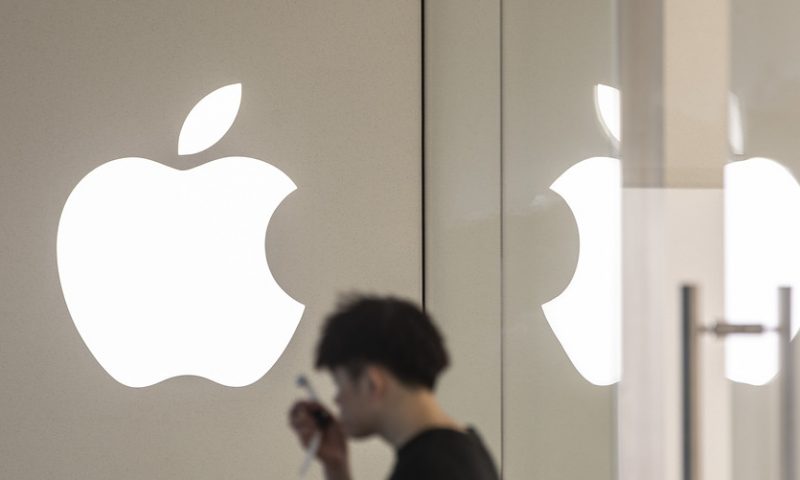Investors pile some $25 billion of orders into the debt offering
Tech giant Apple Inc. AAPL, +1.70% borrowed $7 billion on Wednesday by issuing corporate bonds, its first such deal in nearly two years.
The iPhone maker sounded out investor interest in bonds with maturities that range from 3 to 30 years at today’s all-time-low borrowing rates.
Investors initially were told that the company would look to raise only between $4 billion and $5 billion, but order books quickly filled up.
Why borrow now?
Apple is already flush with cash. In fact, it has nearly $100 billion more in cash than debt. But the company wouldn’t want to miss out on today’s low borrowing rates, particularly since Apple has said it eventually wants to hold equal parts debt and cash.
September typically has been the busiest month of the year for issuance of U.S. high-grade corporate bonds, so investors are ready to put cash to work. Bank of America Merrill Lynch is forecasting $120 billion to $130 billion in fresh supply for September alone.
How does the pricing process work?
Investors piled some $25 billion of orders into the new Apple bond deal. That doesn’t mean the company needed to issue that value in bonds. Rather, high demand and lower supply put intense downward pressure on the spread, or compensation, that investors received when the bonds priced later in the session.
Because Apple also infrequently issues new bonds, that helped drive demand for the debt.
How was demand?
Bankers hired to sell the bonds trimmed final pricing from initial levels on Wednesday. Said another way: Things went very well for Apple.
The 10-year portion landed at 78 basis points above Treasurys to yield 2.244%, a drop from 100 basis points earlier in the session, according to a person familiar with the offering. The 30-year slice cleared at 103 basis points over the risk-free benchmark to yield 2.987%, from 125 basis points initially.
Meanwhile, Apple’s stock price rose 3.49% on Wednesday, while the Dow Jones Industrial Average DJIA, +0.91% was gained more than 230 points as political tensions eased and China signaled more domestic stimulus.
The more risk-on tone led the 10-year Treasury yield TMUBMUSD10Y, +2.58% lower to 1.456%, while the 30-year Treasury yield TMUBMUSD30Y, +1.50% was near a multiyear low of 1.989%.
What do investors think?
“The market is wide open and functioning, and investors were preparing for this,” said Tom Murphy, a senior portfolio manager at Columbia Threadneedle, in an interview with MarketWatch.
While concerns have been raised over the record amounts of debt being issued by U.S. companies, lately a bigger portion of proceeds from new bond issuance has gone toward paying down existing debt at lower rates, thus reducing corporate leverage.
Apple said it plans to use its proceeds from the new bond sale for general corporate purposes, including repurchasing common stock and paying dividends, as well as for working capital and the repayment of other debt.
“We’re getting lower coupons, but guess what? There are lower coupons everywhere,” Murphy said, pointing to the roughly $17 trillion pile of negative-yielding debt globally.
“The trade-off is that coupons are lower for us,” he said. “But for us, as bondholders, we also want companies to be good corporate stewards.”
When did the bonds price?
The bonds priced Wednesday afternoon, after bankers and investors agreed on a suitable level of compensation above the relevant risk-free U.S. Treasury benchmark.
The 30-year portion priced at sub 3% yield, as expected. For perspective, the long-term average yield on high-grade corporate bonds is closer to 6%, Murphy said.
Bank of America Merrill Lynch, Deutsche Bank and Goldman Sachs were the deal’s book runners.

